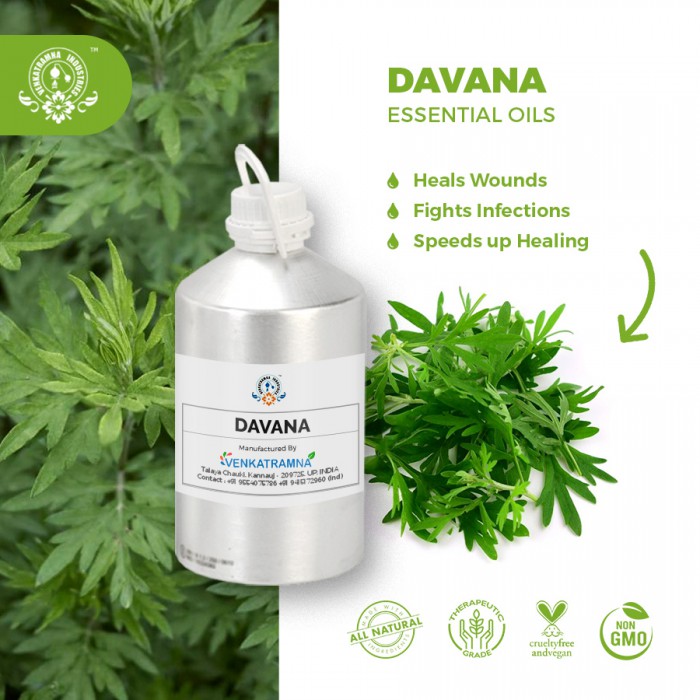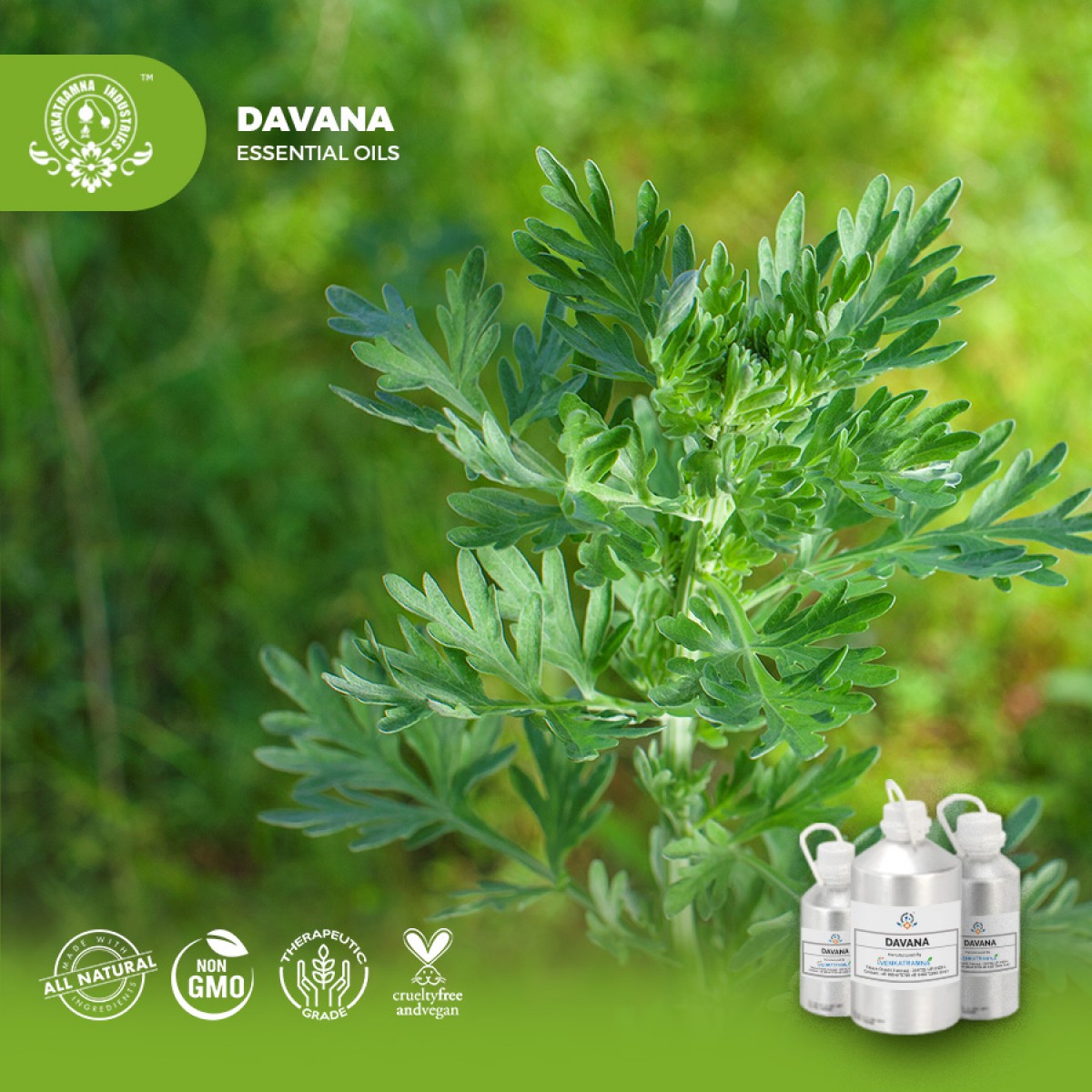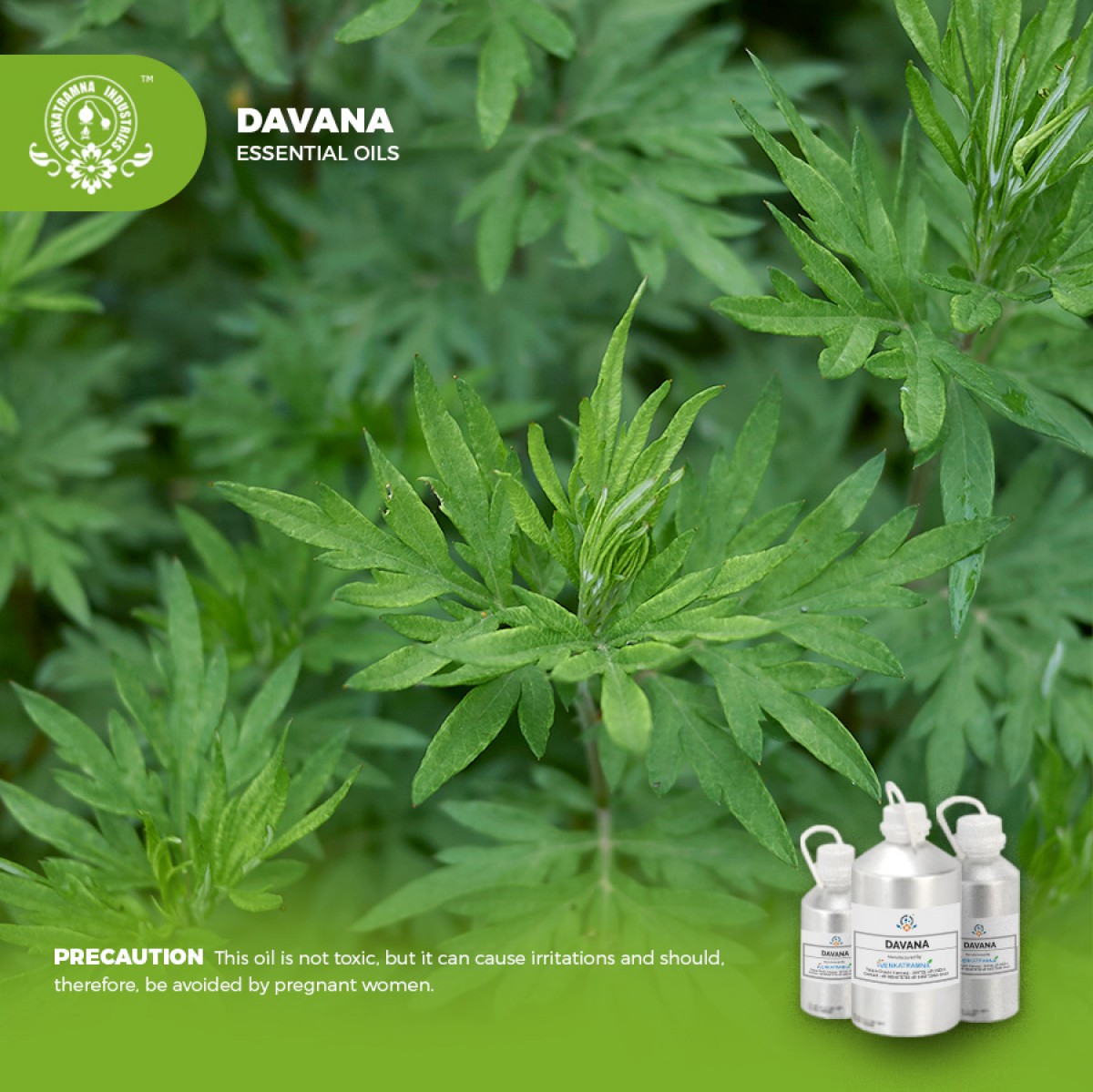Botanical Name: Artemisia pallens Common name: Damar, Indhana, Sage Brush, Worm wood Read More
|
Botanical Name: |
Artemisia pallens |
|
Common name: |
Damar, Indhana, Sage Brush, Worm wood |
|
Plant family: |
Asteraceae |
|
Genus: |
Artemisia |
|
Appearance/Color: |
Pale yellow,
clear, transport, mobile liquid. |
|
Odor: |
Rich, penetrating, strongly boozy mysterious, and
sweet/herbaceous body notes; has balsamic warm wood and bittersweet
undertones and a slight camphoraceous note. |
|
Blends With: |
Geranium,
grapefruits, cedar wood, caraway, coriander and chamomile. |
|
Origin: |
India |
|
Source: |
Leaves |
|
Method of Extraction: |
Steam Distillation |
Genus Artemisia (Asteraceae)
popularly known as “Sage Brush” or “Worm wood” is bitter aromatics. Artemisia
is the largest genus comprising of 400 species widely distributed in South
Africa and South America, and 34 species are found in India. This genus is
named in honor of Artemis the Greek goddess of chastity. Some of them are
sources of volatile oils. Sesquiterpene lactones are known to be present
in almost all species.
It is commercially cultivated for its fragrant leaves and flowers. It grows from seeds and cuttings and reaches maturity in four months. The plant is woody in the lower part of the stem, but with yearly branches. Davana is mostly cultivated in the red soil regions in South India. It comes up very well in rich loamy soils. Davana is an annual herb, family compositor, requiring about four months to reach maturity, at which it attains a height of about around one and half feet. Season is very important when the crop is grown for production of oil.
DISCLAIMER
The complete range of conditions
or methods of use are beyond our control therefore we do not assume any
responsibility and expressly disclaim any liability for any use of this
product. Information contained herein is believed to be true and accurate however,
all statements or suggestions are made without warranty, expressed or implied,
regarding accuracy of the information, the hazards connected with the use of
the material or the results to be obtained from the use thereof. Compliance
with all applicable federal, state, and local laws and local regulations
remains the responsibility of the user.
The FDA has not evaluated the
statements on this website. No claims are made by Venkatramna Industries as to
the medicinal value of any products from vriaroma.com or by us. The information
presented here is for educating our customers about the traditional uses of
essential oils and is not intended to diagnose, treat, cure, or prevent any
disease. You are responsible for understanding the safe application of these products.
If you have any questions, please call or email us for further information.
As per NAHA guidelines, New Directions Aromatics
(NDA) does not recommend the ingestion of essential oils. It is imperative to
consult a medical practitioner before using Essential Oils for therapeutic
purposes. Pregnant and nursing women and those taking prescription drugs are
especially advised not to use this product without the medical advice of a
physician. The oil should always be stored in an area that is inaccessible to
children, especially those under the age of 7.
It has been widely used in Indian
folk medicine for the treatment of diabetes mellitus. This plant is accredited
with antihelmintic, antipyretic and tonic properties and also considered
as a good fodder. The oil possesses antispasmodic, antibacterial, antifungal and
stimulant properties. The plant has been screened for the antimicrobial,
antidiabetic, antinociceptive
and wound healing activity. The current study deals with
the Phytochemical and Pharmacological of Artemisia pallens.
Davana Essential Oil in Pharma
The leaves and flowers yield an
essential oil known as oil of Davana. Several species yield essential
oil and some are used as fodder, some of them are a source of the
valuable antihelmintic drug santonin. Davana blossoms are offered
to Shiva, the God of Transformation, by the faithful, and decorate his
altar throughout the day. Davana has been widely used In Iraqi and Indian
medicine for the treatment of diabetes mellitus. Oral administration of an
aqueous/methanolic extract from the aerial parts of the plants was observed to
reduce diabetes in glucose?fed hyperglycemic and alloxan-treated
rabbits and rats.
·
Davana oil is emotionally balancing and calming,
aids in calming down anxiety.
·
Davana oil is used in making perfumes of sweet
and fruity fragrances.
·
When applied on the skin, Davana is said to
smell differently on different persons. This peculiar property is highly valued
in high class perfumery to create fragrances with truly individual notes.
·
Davana leaves and stalks are used in making
bouquets, garlands, fresh or dry flower arrangements.
·
Davana is massaged over lower abdominal area to
stimulate moon cycle.
·
Davana oil is soothing to rough, dry, chapped
skin, skin infections and cuts.
·
Oral administration led to significant blood
glucose lowering effect.
·
Artemisia pallens is a preferred
food for the larvae of a number of butterfly species.
Essence of Davana Essential
Oil
Artemisia species are invariably
found as small fragrant shrubs or herbs and most of them yield essential oils.
Some of these oils are used as medicine such as vermifuge, stimulant and in
perfumery, etc. The leaves of some species are used as culinary herbs. The
plants themselves are popular among gardeners as cultivated ornamentals.
COMMON USAGE
·
Heals wounds
·
Fights infections
·
Emmenagogue
·
Eases breathing
·
Relaxes the body
·
Speeds up healing
Ingredients:
|
S.No |
Key Constituents |
Strength (%) |
|
1 |
(Z)-Davanone |
38.0 |
|
2 |
Nerol |
10.0 |
|
*Tentative identification |
||
|
3 |
Unidentified furans |
6.0 |
|
4 |
(E)-Davanone |
5.0 |
|
5 |
Geraniol |
5.0 |
|
6 |
(z)-hydroxy-davanone |
3.0 |
|
7 |
Isodavanone |
3.0 |
|
8 |
Davanic acid |
2.5 |
|
9 |
Cinnamyl cinnamates |
2.0 |
|
10 |
(E)-hydroxy-davanone |
2.0 |
|
11 |
Oxo-nerolidol |
2.0 |
|
12 |
Artemone |
1.5 |
|
13 |
Davana ether |
1.5 |
|
14 |
Nor-davanone |
1.5 |
|
15 |
(E)-davanonafuran |
1.0 |
TOXICOLOGICAL
INFORMATION
Safety Summary
·
Hazardous No Data
·
Contraindications Not Known
Organ-specific effects
·
Adverse skin reactions: Undiluted davana
oil was moderately irritating to rabbits, but was not irritating to mice or pigs; tested at 4% on 25 volunteers it was neither
irritating nor sensitizing. It is non-phototoxic.
Systemic effects
·
Acute toxicity non-toxic: Davana oil
acute oral LD50 in rats>5 g/kg; dermal LD50 in rabbits>5 g/kg.
·
Subacute and subchronic toxicity
When davana oil was consumed by male rats at 18.1 mg/kg/day, no adverse
effects were observed on growth, food consumption, hematology, blood chemistry,
liver weight, kidney weight, or the microscopic or gross appearance of major
organs.
·
Carcinogenic potential: No information
found for davana oil, but it contains the down carcinogens.
ECOLOGICAL
INFORMATION
·
Toxicity Very toxic to aquatic life with long
lasting effects. No aquatic toxicity data available for the substances. The
product must not be allowed to run into drains or waterways.
·
Persistence & degradability
Biodegradability: no degradability data is available; the substance is
considered as not degrading quickly.
·
Bioaccumulation Potential No additional data
available.
·
Mobility in soil No additional data available.
·
Results of PBT and vPvB Assessment No additional
data available.





 PS-Davana.pdf
PS-Davana.pdf




